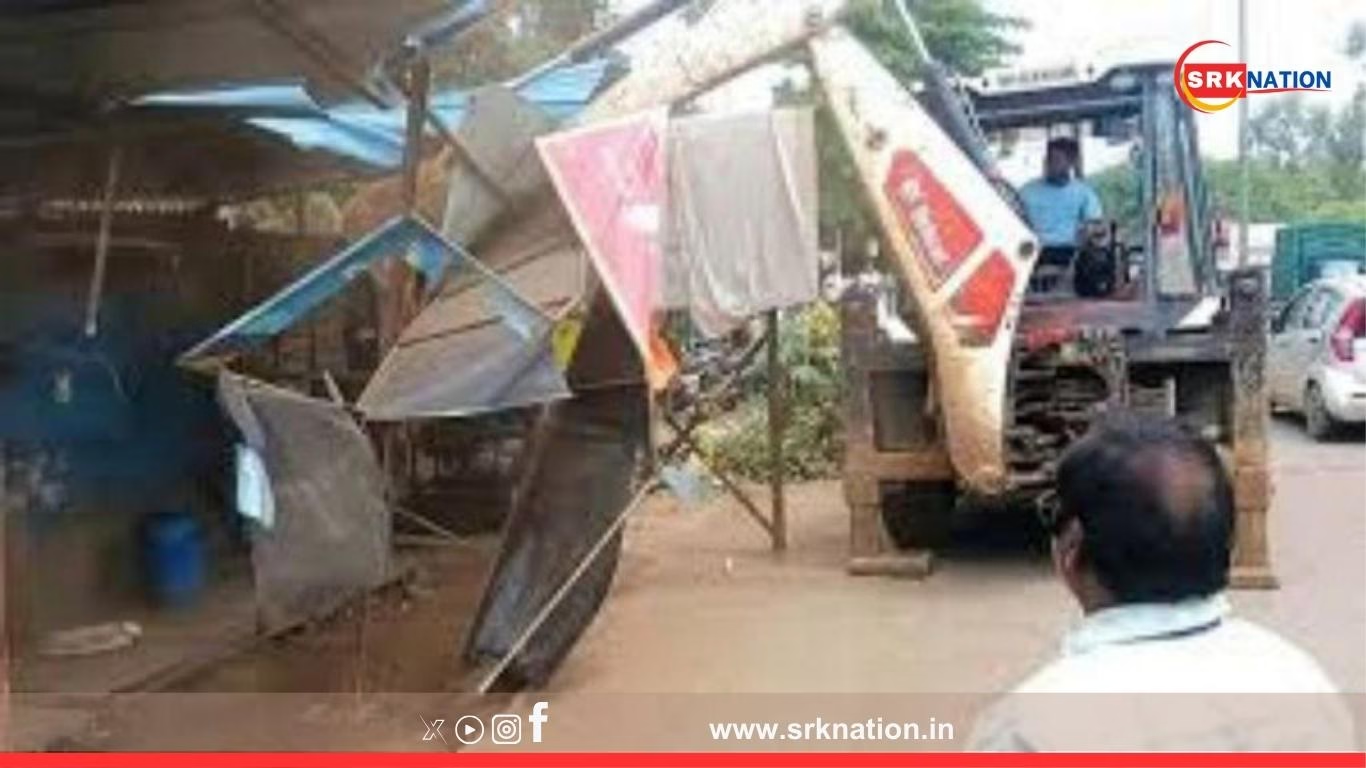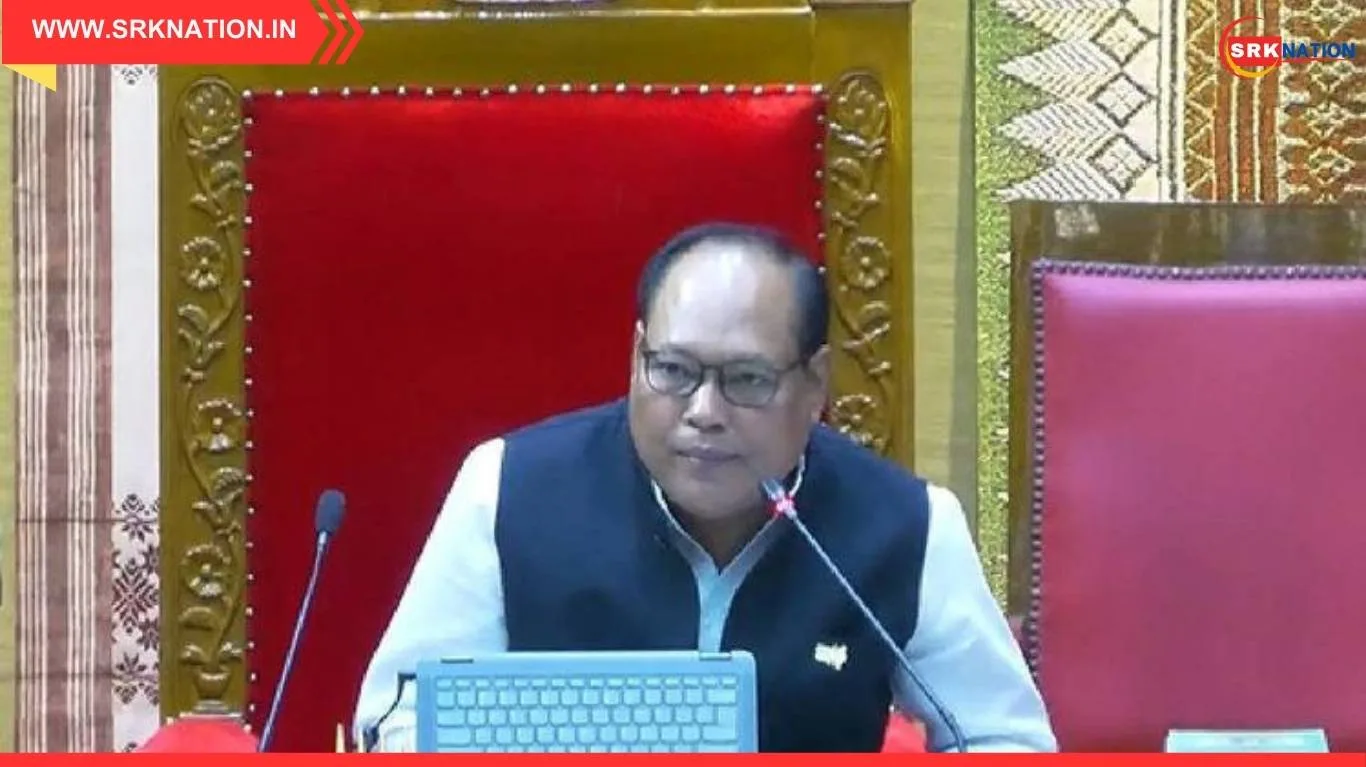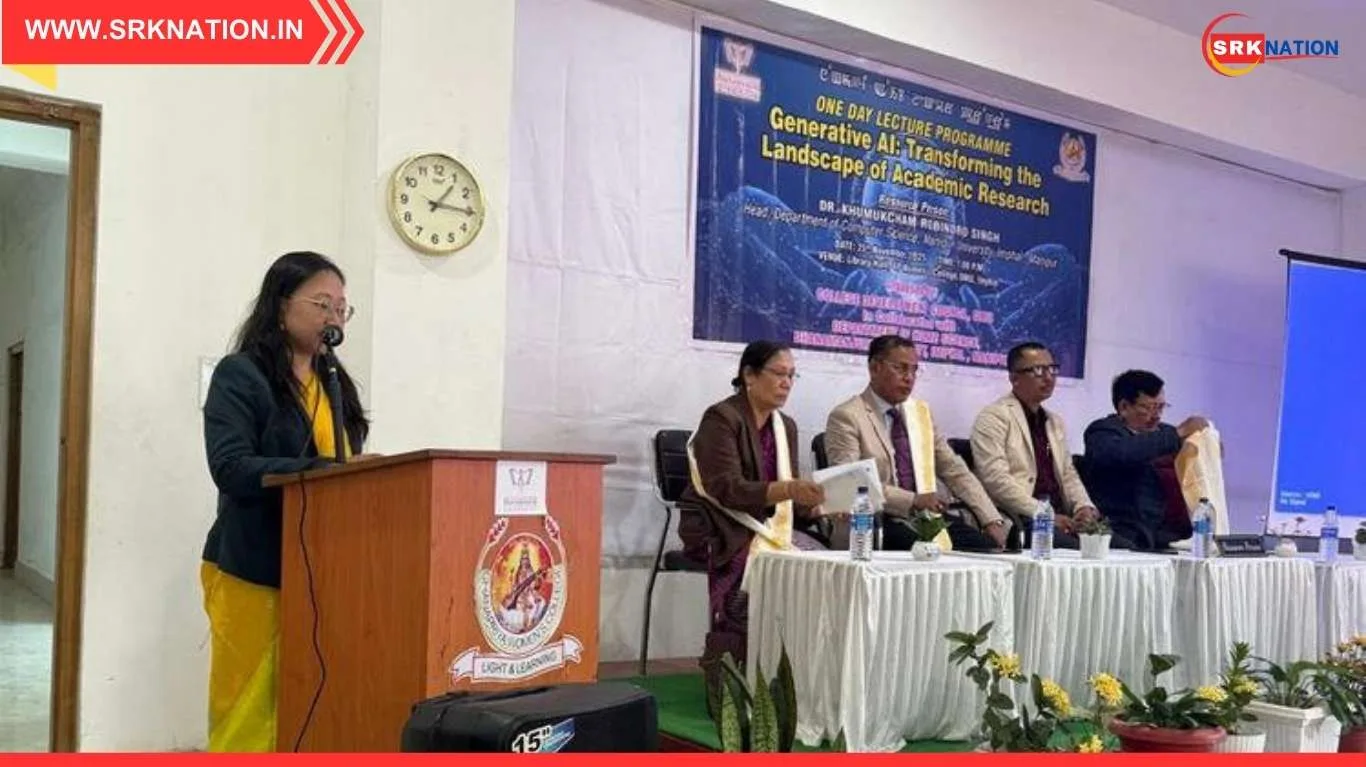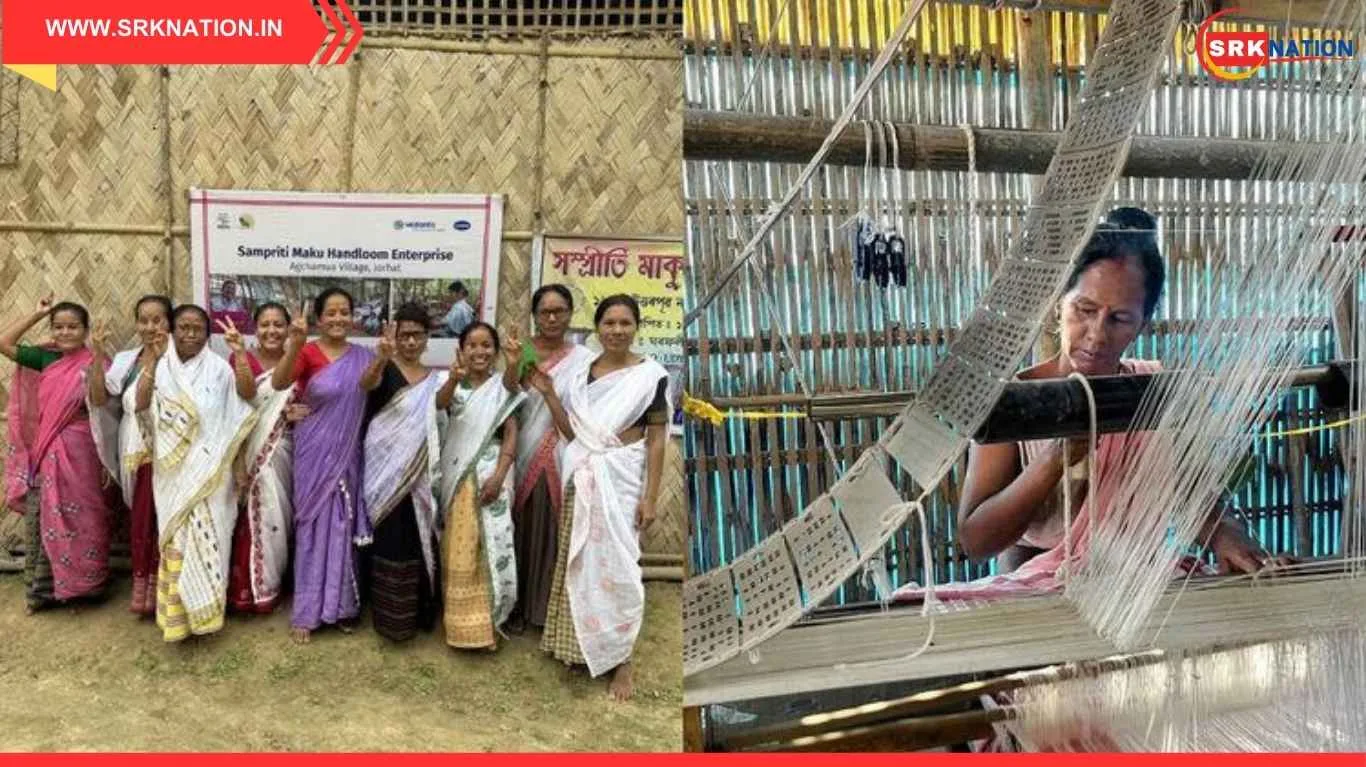In a decisive administrative move, the District Commissioner (DC) of Jiribam, Manipur, has issued a directive mandating the removal of all unauthorised structures within the district by July 18, 2025. The order comes in the wake of heightened security concerns and ongoing efforts to restore law and order in the region, which has witnessed sporadic unrest and ethnic tensions over the past year.
The directive is part of a broader initiative to reclaim public spaces, ensure compliance with land use regulations, and prevent the misuse of structures for unlawful activities. The district administration has warned that failure to comply will result in forcible demolition and legal action under relevant provisions of the Manipur Municipal Act and the Indian Penal Code.
Administrative Action Timeline
| Date | Action Initiated |
|---|---|
| July 10, 2025 | DC issues public notice for removal of structures |
| July 11–17 | Survey and verification by local authorities |
| July 18 | Deadline for voluntary removal |
| July 19 onward | Forced demolition and legal proceedings begin |
Scope of the Directive
The order applies to:
- Encroachments on public land, including roads, parks, and government premises
- Unapproved commercial establishments operating without permits
- Temporary shelters and makeshift structures erected post-2023 ethnic violence
- Structures flagged by Assam Rifles and local police during recent security operations
The DC’s office has instructed Village Development Officers (VDOs) and Municipal Ward Commissioners to coordinate with law enforcement and ensure compliance. A dedicated monitoring cell has been set up to track progress and address grievances.
Background: Security and Legal Context
Jiribam district has been under administrative scrutiny following the November 2024 massacre, where six Meitei civilians were killed, allegedly by Kuki-Hmar militants. The incident reignited ethnic tensions and led to the imposition of Section 144 in parts of the district to prevent further escalation.
In December 2024, the Assam Rifles conducted operations in Narayanpur and Gotaikhal, dismantling unauthorised structures suspected of being used for militant activities. These developments prompted the district administration to initiate a comprehensive land audit and enforce stricter building codes.
Enforcement Strategy
| Enforcement Component | Details |
|---|---|
| Survey Teams | Comprising revenue officials, police, and municipal staff |
| Legal Framework | Manipur Municipal Act, CrPC Section 144, IPC Sections 447 & 188 |
| Public Communication | Notices via local newspapers, radio, and community meetings |
| Grievance Redressal | Helpline and online portal for appeals and clarifications |
| Post-Deadline Action | Bulldozing, FIR registration, and sealing of non-compliant properties |
Community Response
While some residents have welcomed the move as a step toward restoring normalcy, others have expressed concerns over short notice and lack of rehabilitation plans for displaced families. Civil society groups have urged the administration to differentiate between illegal encroachments and post-conflict shelters built by internally displaced persons (IDPs).
Local leaders have requested extension of the deadline and consultation with affected communities, especially in areas like Borobekra and Gotaikhal, which were severely impacted by the 2023–24 violence.
Impact on Internally Displaced Persons (IDPs)
The directive has raised questions about the fate of IDPs who erected temporary shelters on government land after fleeing ethnic violence. With President’s Rule imposed in February 2025, the state government has announced a December 2025 target for rehabilitation, but many families remain in limbo.
Human rights advocates have called for a humane approach, suggesting that demolition be deferred until alternative housing is provided. The DC’s office has assured that genuine cases will be reviewed on a case-by-case basis.
SWOT Analysis: Administrative Crackdown on Unauthorised Structures
| Strengths | Weaknesses |
|---|---|
| Reinforces rule of law | May displace vulnerable populations |
| Enhances public safety | Short implementation window |
| Clears encroachments on public land | Risk of backlash from civil groups |
| Opportunities | Threats |
|---|---|
| Urban planning and beautification | Escalation of ethnic tensions |
| Rehabilitation of IDPs | Legal challenges and protests |
Conclusion
The removal of unauthorised structures in Jiribam by July 18 is a critical step toward restoring law and order in a district still grappling with the aftermath of ethnic violence. While the administration’s intent is rooted in public safety and legal compliance, the execution must balance enforcement with empathy, especially for displaced families and vulnerable communities.
As the deadline approaches, all eyes are on how the district administration navigates this complex challenge—between governance and grassroots realities.
Disclaimer: This article is intended for informational purposes only. It does not constitute legal advice or official government communication. Readers are encouraged to consult local authorities or official notifications for the most accurate and updated information.











